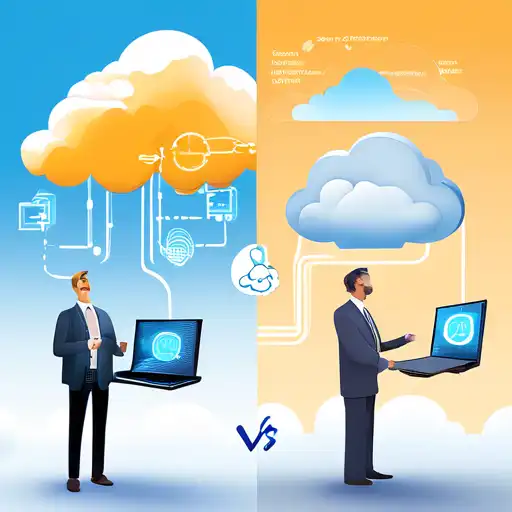Introduction to Edge and Cloud Computing
In the rapidly evolving world of technology, understanding the differences between edge computing and cloud computing is crucial for businesses and individuals alike. Both technologies play pivotal roles in data processing and storage, but they cater to different needs and scenarios.
What is Edge Computing?
Edge computing refers to the processing of data near the source of data generation, rather than relying on a centralized data-processing warehouse. This approach minimizes latency, reduces bandwidth use, and enhances response times for critical applications.
What is Cloud Computing?
Cloud computing, on the other hand, involves the delivery of computing services—including servers, storage, databases, networking, software—over the internet ('the cloud') to offer faster innovation, flexible resources, and economies of scale.
Key Differences Between Edge and Cloud Computing
- Data Processing Location: Edge computing processes data locally, near the source, whereas cloud computing processes data in centralized data centers.
- Latency: Edge computing significantly reduces latency, making it ideal for real-time applications. Cloud computing may introduce latency due to the distance data must travel.
- Bandwidth Usage: By processing data locally, edge computing reduces the need for constant data transmission to the cloud, saving bandwidth.
- Scalability: Cloud computing offers unparalleled scalability options, allowing businesses to easily scale up or down based on demand.
Choosing Between Edge and Cloud Computing
The choice between edge and cloud computing depends on specific needs, including the importance of latency, bandwidth availability, and data sensitivity. For applications requiring real-time processing, such as autonomous vehicles or industrial IoT, edge computing is often the preferred choice. Conversely, for applications where scalability and flexibility are paramount, cloud computing may be more suitable.
Future Trends
As technology continues to advance, the line between edge and cloud computing is expected to blur, with hybrid models becoming more prevalent. These models aim to leverage the strengths of both approaches, offering optimized performance and efficiency.
For more insights into the latest technology trends, explore our technology trends section.
Conclusion
Understanding the key differences between edge computing and cloud computing is essential for making informed decisions in today's digital landscape. By considering factors such as latency, bandwidth, and scalability, businesses and individuals can choose the most appropriate computing model for their needs.
